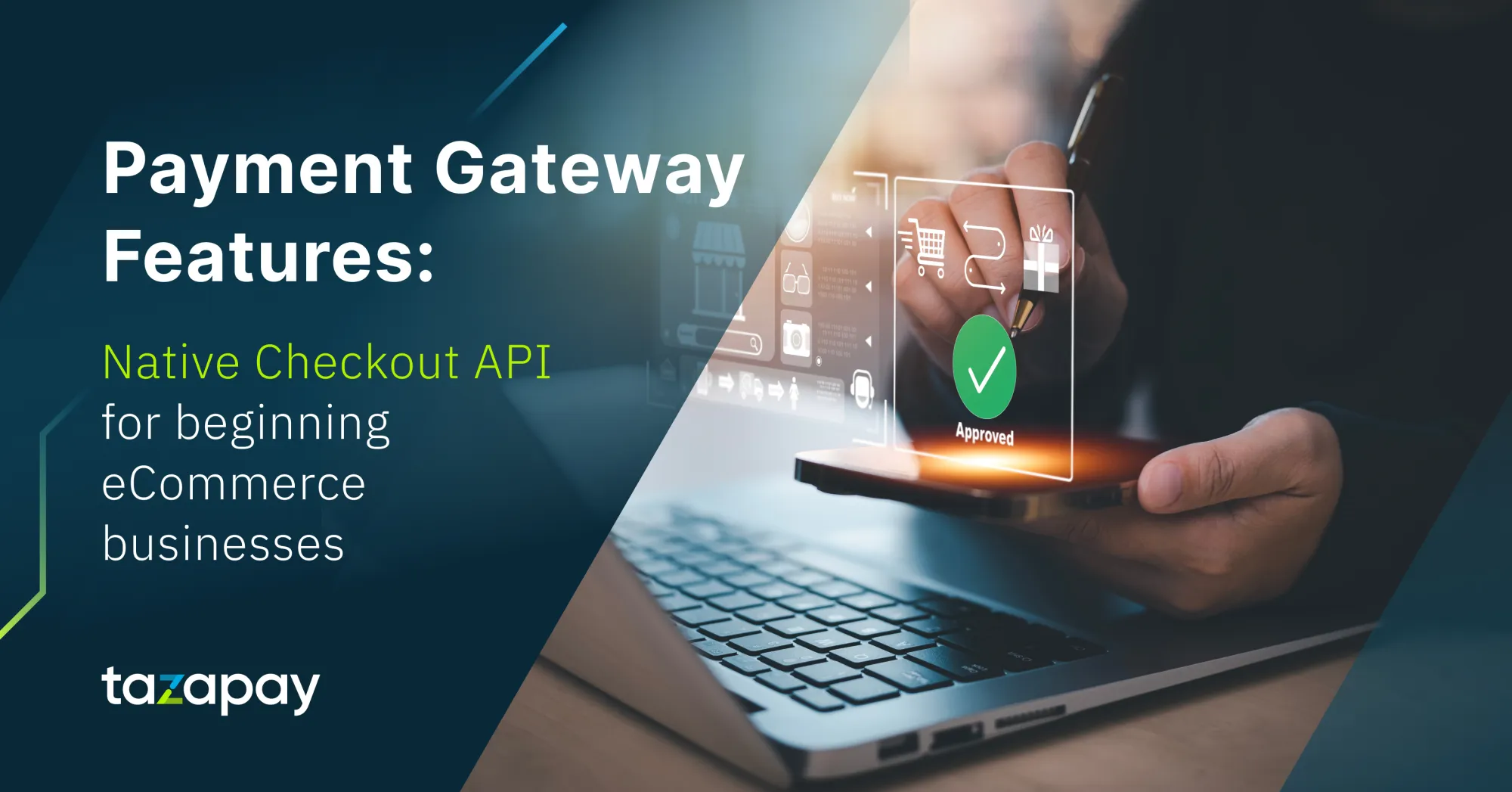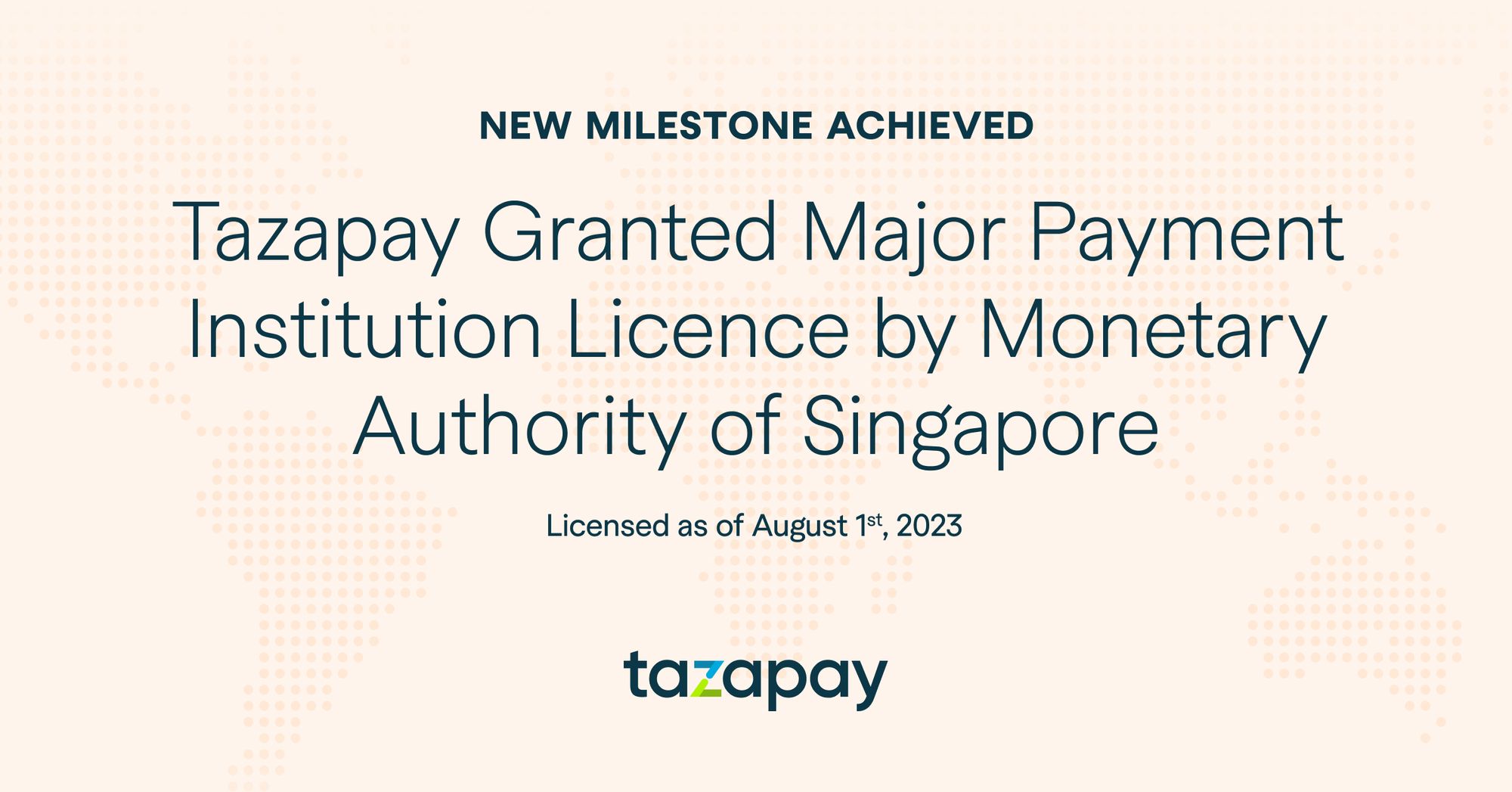- Home
Blog Blog
Product Info Product Info
Payment Gateway Features: Native Checkout API for Beginning eCommerce Businesses
Payment Gateway Features: Native Checkout API for Beginning eCommerce Businesses

In the burgeoning and competitive scene of the eCommerce market, prospecting merchants need any advantage they can get. One way of doing this is by providing a smooth and pain-free UX since it can make the difference between making a profit and seeing a rise in cart abandonment. This is compounded further as businesses look to scale up since they would need to improve upon the bells and whistles that they have, with priority given to their payment gateways. A fledgling online business might be able to make do with a simple payment link due to its simplicity and normally fast payment processing speed, useful features for anyone just starting out in eCommerce or beginning their own transition towards digitisation. However, if it wishes to expand and scale up, eventually it must turn to a more robust and refined solution: integrated payment gateways or payment APIs.
The prospect may seem daunting to those more accustomed to plug-and-play payment apps, particularly the fledgling online businesses, since integrated payment gateways generally require a certain degree of skill to implement on one’s own due to their nature being an intermediary software that connects other payment-facilitating software with each other for a quick, automated payment process. Indeed, opting for hosted payment APIs can help you grow your business with as little fuss as possible. However, making the jump from plug-and-play payment apps to a fully native checkout API can be worth the effort if you are willing to put in the hard work in learning the ropes since the end result is a payment gateway that you have complete control over at little cost outside of your own.
That being said, it is important for any fledgling online business to know more about online checkouts and how native payment APIs work to prepare for the day when they grow.
What is an Online Checkout?
The concept of online checkout is rather straightforward: it is the designated ‘area’ in any eCommerce store where the buyer finalises their purchase of a given good or service¹. This normally manifests as its own checkout page, often with a list of payment methods to choose from. While there exist countless eCommerce businesses that cater to all sorts of clients regardless of B2C or B2B, the typical user experience of going through an online checkout is fundamentally the same and usually looks like this:
- User selects the item(s) that they wish to buy and proceeds to checkout.
- They are asked to key in necessary details such as their name, email address, shipping address, and country.
- Once done, the user is shown the order summary page and asked to confirm their details before the order is placed.
- They are then asked to enter their payment details and finally confirm the order.
These core aspects of the online checkout experience remain largely the same in eCommerce stores the world over, with the selection of payment methods available often being one of the key deciding factors in securing a successful sale. One of the reasons for this being the case is because of user preference and user stickiness towards any given payment method. Some may prefer card payments for their ubiquity and convenience, some may prefer bank redirects because of the direct link to local banks. Either way, having multiple payment methods, especially localised ones, help address concerns of user stickiness for a given payment method.
Setting up the API with the Provided SDK
Transactions typically happen between two parties, the one selling the product/service, and the one buying it. The commonality between the two, aside from the mutual exchange of legal tender and product, is the need for information on the other. Verification of a seller’s legitimacy for the buyer, and verification of a buyer’s identity for the seller. With the inherent remoteness and anonymity of cyberspace, this need for information becomes a necessity for any successful eCommerce transaction.
As the seller using a native payment API, you can set your data up on your chosen payment gateway’s database with the given source development kit (SDK) for the payment gateway as prescribed in the API documentation that comes with it. The programming language used by the SDK may differ from payment gateway to payment gateway but most typically use Javascript. The SDK also usually has a unique set of features that would make your life easier as a merchant such as automatic geolocation-based input field adjustment, instant access to new payment methods as soon as the PSP has them, and dynamic payment method sorting based on customer properties.
As such, having the technical skill required can go a long way in improving your own experience in setting up a native checkout API. As a general rule of thumb, however, always refer to the API documentation as you set up your API to ensure that nothing is missed.
Customising Your Checkout for Optimal UX
Once your API has been properly integrated into your website, after making sure everything runs as intended in the SDK sandbox beforehand, you are now ready to customise it to your heart’s content. The process of customisation is also usually detailed in your SDK’s API documentation but to keep it simple, we will focus on style customisation, and checkout optimization.
Style customisation is exactly what is said on the tin: customising the style of the checkout’s UI. The API documentation will tell you what you can do and provide sample code on how to do so, but you have complete freedom to change anything from simple text colours to enabling radio buttons for payment options.
Checkout optimisation is dependent on your level of technical skill but a simple way to optimise your checkout UX is by reducing the wait time for your customers in loading in the necessary UI components for them to complete the checkout. This can be made possible by preloading the payment module in advance.
Now that you know more about the workings of a native checkout API, you can now have more confidence in looking for one of your own to help scale and expand your business. Perhaps you’ve already found one and are now certain enough to use the skills you have to ease your customers’ UX as you see fit. If not, why not give Omoney a go? With local and global payment methods readily available and easy API integration, grow your business with their fully digital solutions today!
Sources
Category

Product Info
Payment Gateway Features: Native Checkout API for Beginning eCommerce Businesses
Related Articles

Omoney Named to the 2023 CB Insights' Fintech 100 List

Omoney Secures MPI Licence from Singapore's MAS, Bolstering Its Cross-Border Payment Capabilities






